Macro photography is the best way to capture minuscule details, allowing you to explore a tiny, hidden world that would otherwise go unnoticed.
Taking macro images of flowers is a rewarding type of photography. Flowers are excellent subjects, and they naturally look great. Photographing them is pure joy and often results in some exceptional images.
Whether you’re new to the world of macro photography, or just looking for some ideas for capturing close-ups of flowers, here’s how you can create some amazing macro images of flowers.
→ Related reading: Photographing Macro Moments: 5 Tips
1. Bring the Right Equipment
While you can capture flowers and plant life with any camera –and lens that you have, having some specialist gear will help to improve your results –and make it easier to get the images you’re after.
A Tripod
While you might not consider your tripod to be essential gear when shooting wildflowers, it will prove to be invaluable –allowing you to steady the camera for close-ups or landscape images.
A Diffuser
A diffuser will help to filter out some of the light coming from your camera’s flash, resulting in softer, more natural lighting. This is especially helpful for those times when you will be shooting in less-than-optimal lighting conditions and require some additional light.
A Reflector
Reflectors are another helpful tool for capturing close-ups of flowers or plants. A reflector will help to reflect additional light onto the flower, eliminating dark shadows, and improving the quality of the image.
Lens
While you’ll want to use a wide-angle lens to capture sweeping landscapes and beautiful vistas, if you’re going up-close with your flower photography –you’ll want to bring along a telephoto lens to zoom in closer to the flower. You’ll also want to consider a dedicated macro lens –which will allow you to focus on flowers or plants that are close to the end of the lens. Remember to use a small aperture –a larger f-stop number, for clear, crisp focus throughout your scene.
→ Related reading: What Lens Should I Use for Flower Photography?
2. Know Your Equipment
While there’s much debate about what separates a true macro image from other close-ups, technically speaking, true macro photography has a 1:1 ratio, meaning that the image in real life is rendered the same size on the camera’s sensor, or even bigger.
Technicalities aside, there’s no question that the very best macro images are the ones that bring us up close and personal with minuscule subjects making them appear life-sized.
The best equipment for the job is the gear that you have with you. Even iPhones and compact cameras have been used to capture some great close-up images. Still, if you have a DSLR and own an assortment of lenses, they’ll allow you to get much closer to the flower, resulting in a higher quality –and true to form macro.
If you are looking to get serious about macro photography, you may want to consider investing in a true macro lens, which will allow you to capture even the smallest details. A telephoto lens is another great option and one that’s preferred by many since it effectively helps to separate the subject from the background. Another option is a macro filter added to a prime lens.
If you can, bring along a tripod for steadying the camera for longer exposures, and for crisp, clear shots without camera shake. You may also want to bring a reflector (for cloudy conditions) or a diffuser (for bright, overhead sun) to help balance out the light.
→ Related reading: Reviews of the Best Macro Lenses for Canon DSLRs and Reviews of the Best Macro Lenses for Nikon DSLRs
3. Choose the Right Flower or Plant
If you’re capturing up-close images –not just any old plant or flower will do. Instead, remember that close-up photography tends to exaggerate minor imperfections, so look for a flower that’s in relatively good condition and avoid petals that are bug-eaten or leaves that are crumbling around the edges.
3. Keep an Eye on the Weather
You’ll want to take note of the weather before you head out. At this level of magnification, any amount of shake will result in a hazy blur, and even the slightest breeze can cause a flower to move, resulting in a blurry image. You may want to ensure that the wind is at a minimum before you head out, or be prepared to combat the movement by using a fast shutter speed.
As for rain, you may want to wait until the storm has passed. Shooting in the rain can damage your camera, but there are great photo opportunities after the storm, raindrops still clinging to plant-life make great images.
→ Related reading: 11 Steps to Tack-Sharp Landscape Photos
4. Watch the Lighting
As with any other images –lighting can make or break your macro photos. Direct, harsh lighting is not ideal for delicate subjects like flowers; it can result in harsh shadows and washed-out images. Soft or diffused lighting is ideal when it comes to flowers, especially the light on a bright, overcast day.
This type of lighting is smooth and even, resulting in clear, even colors with minimal shadows. However, you may want to bring along a reflector if you have one, to help fill in any shadows. Golden Hour, the time of day just after sunrise and just before sunset, is an especially great time of day for photographing flowers.
The lighting during these times covers everything in a soft, beautiful glow –resulting in spectacularly beautiful images.
Lighting is important for any photograph, but when it comes to wildflowers this is certainly the case. The ideal time for shooting wildflowers is on a bright overcast day when the cloud cover acts as a natural diffuser. For dark, cloudy days, or situations where you need a bit more lighting, using a reflector to help direct the light back onto the subject.
Finally, if the lighting just isn’t working for you, you can always bring your flower or plant inside for an indoor photoshoot.
5. Experiment With Different Angles
Since your subjects (flowers) won’t be going anywhere anytime soon –you’ll have plenty of time to try out different angles. Don’t be afraid to really get into it either, you will be surprised what a difference adjusting your angle or perspective can make –even with macro images!
You’ll also want to think about the background behind the flower or plant and consider whether you want it to contrast well with the flower –avoiding backgrounds that are busy or distracting. Keep in mind that the more distance there is between the flower and the background, the more blurred and out of focus the background will be. If the background is distracting, you could always get closer, and fill the entire frame with the flower head.
Another idea is to get down low and angle your camera to capture the flower with the sky in the background. Adjusting your perspective can open up new, exciting possibilities, so don’t be afraid to change your angle to try something new.
6. Look to Include Details
When you’re shooting wildflowers or small plants, keep your eyes open for details that could easily be overlooked. When capturing macro images, looking to include details such as raindrops, or tiny insects such as a bee or butterfly can help your photos to come to life. Just remember to use a fast shutter speed –and good lighting to freeze the image and capture the insect without blur.
7. Find Your Focal Point
Regardless of what type of images you’re after –make sure your focal point is clear. When it comes to close-ups, keep in mind that a lens with a longer focal length can help to separate the flower or plant from the background by blurring out the distant details and helping to showcase the main point of interest. For landscapes –such as a field of flowers, you’ll want to take care to ensure that you have a clear focal point for your images, whether it’s a far-off mountain, a lone tree in the distance, or some interesting foreground details.
8. Adjust Your Camera Settings
The type of image that you’re after will help you to determine the camera settings you should use. If you’re looking to capture a field of flowers and hoping to create an image where everything is in sharp focus, you’ll want to use a small aperture (large f-stop number) –and focus on one-third to halfway into the field to ensure that everything is sharp and clear.
If you’re hoping to create an image where the foreground is sharp, and the rest of the image is blurred, shoot with a large aperture, and focus on the flowers that are nearest to you.
9. Explore Depth of Field
Adjusting your depth of field is one of the best ways to completely transform the look of an image. With a wide aperture, something like f/4 or f/1.8, you’ll be able to softly blur the background out, and draw the main point of interest into focus. The farther the background is from the subject, the more blurry it will be.
If you want to keep most of the image in focus though, be sure to use a narrow aperture (higher number) for a wide depth of field where most of the details are in focus.
→ Related reading: Why Shoot in Aperture Priority Mode?
10. Focus
When using wide apertures, and a narrow depth of field, it’s especially important to get the focus right. Don’t rely fully on autofocus as your camera may adjust the focus to be on a different area than what you had in mind. Choose the area that you want to be in focus, take the photo, and then recompose.
Experimenting with different focal points is a great way to create unique and varied images.
11. Consider the Background
When it comes to macros, the right background can make or break your image. Most –but not all, macros can benefit from a simplified backdrop. Using a wide aperture is a great way to simplify the background, but there are other ways to create a simple background.
You could also get closer and fill the frame with the flower. Or get low to the ground and photograph angling the camera up, using the sky as a background. Some photographers bring along an assortment of colored cards with them, for an instant, simplified backgrounds.
12. Just Add Water
Water droplets can be great additions to your macro images. Early morning will often present dew-covered flowers, but if you happen to venture out at a later time, you could bring along a squirt bottle to mist your subject before shooting. Drops of water can appear as mini-worlds as they reflect the world around them, and can also serve as beautiful, tiny diamond-like details on plants.
13. Watch Out for the Wind
Finally, the wind can be one of the biggest challenges when shooting wildflowers since even a slight breeze can move the flowers enough to cause blurring. In most cases, you’ll want to try to head out when it’s relatively calm –especially when you’re doing close-up images.
If you find yourself shooting during a slight breeze –try to use a fast shutter speed to freeze the motion, and capture a still image.
Whether you’re hoping to capture a field of flowers in the summer –or looking to draw out the isolated beauty of a solitary bud or berry in the winter –using the above tips will help you to create beautiful photographs –and capture amazing images of plants and wildflowers –no matter what the season!
The next time you’re out with your camera, look for opportunities for macro shots. Who knows? It just might become your favorite type of photography!
Have you experimented with flower macro photos? Share your tips with us in the comments!
Beautiful Photos of Flowers
In the northern hemisphere, it is finally starting to warm up and spring is almost here! For landscape and nature photographers spring means no more harsh winter conditions and some opportunities to capture the beautiful colors of spring and summer.
Flowers provide subjects for many photographs, whether it is through the foreground in a landscape photo or whether it is a close up of just one flower.
To learn how to capture your own beautiful flower photos please see the Wildflower Photography e-book.
For more on flower photography please see:
- 10 Tips for Stunning Flower Photos
- Tips for Macro Flower Photography
- What Lens Should You Use for Flower Photography
- 8 Tips for Photographing Plants and Wildflowers
- How to Create Beautiful Bokeh in Nature Photography
Photo licenses: CC0, CC BY 2.0, CC BY 3.0, CC BY-ND 3.0, CC BY-ND 2.0, CC BY-SA 2.0

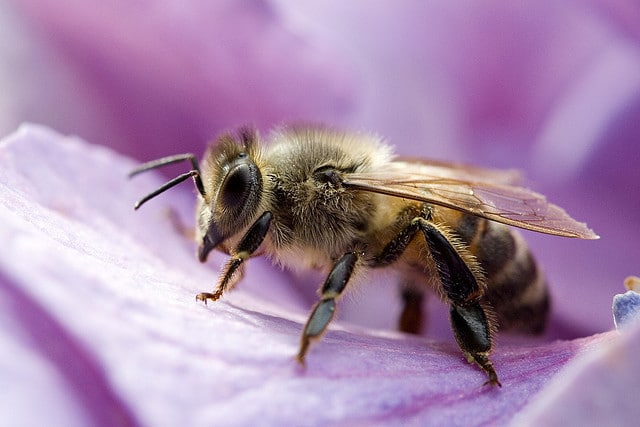

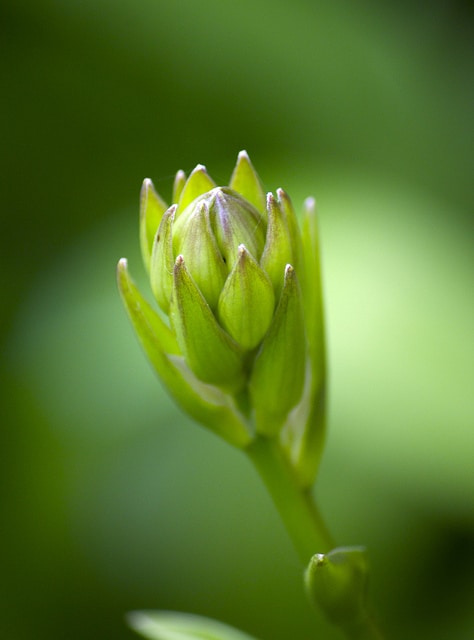

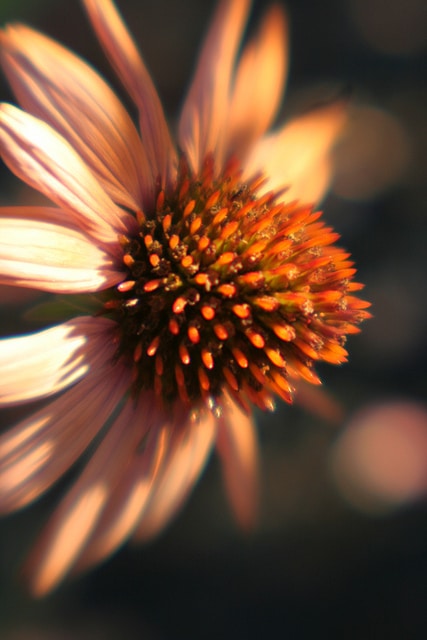
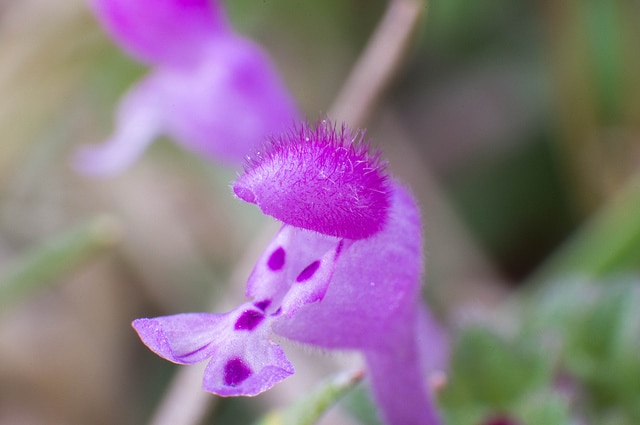


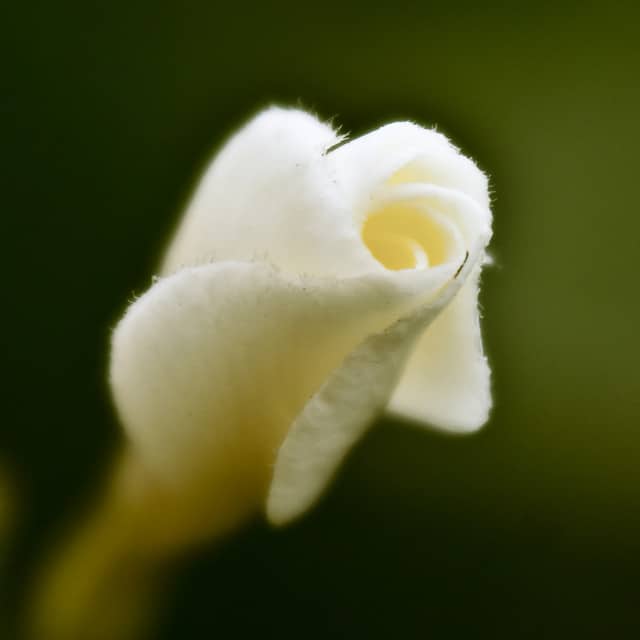
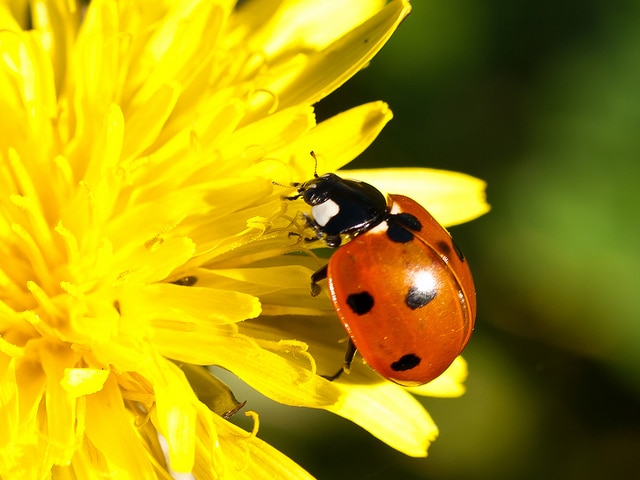
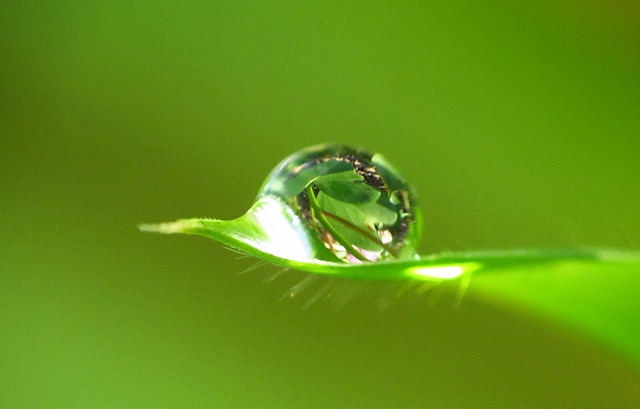






















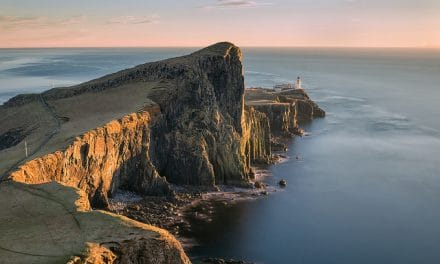
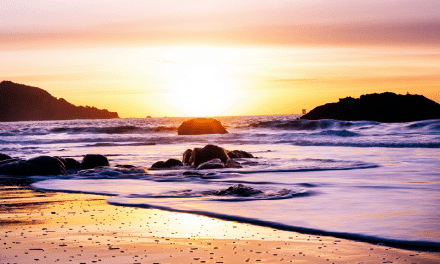
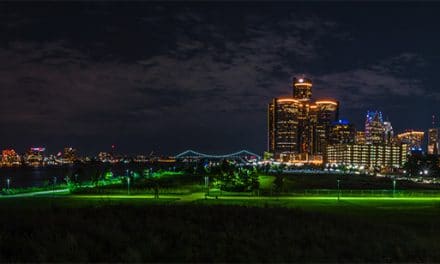





Thank you for colorful photo & interesting topiks!)
Great tips! I love flower photography.